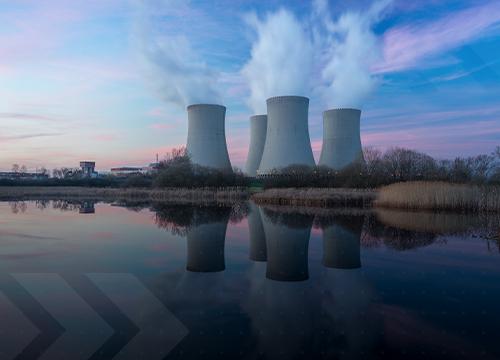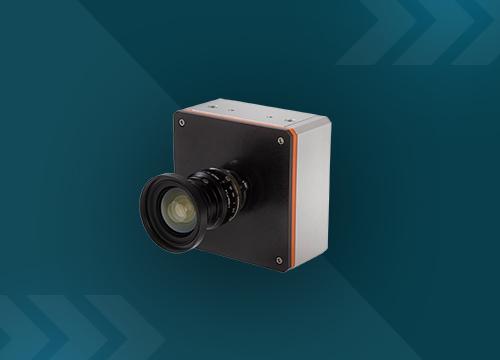
Chicago.
FROM Jun 15th 2025 TO Jun 18th 2025
American Nuclear Society 2025
Exosens, a global leader in advanced detection technologies, is proud to announce its participation in the American Nuclear Society (ANS) taking place June 15–18, 2025, at the Chicago





